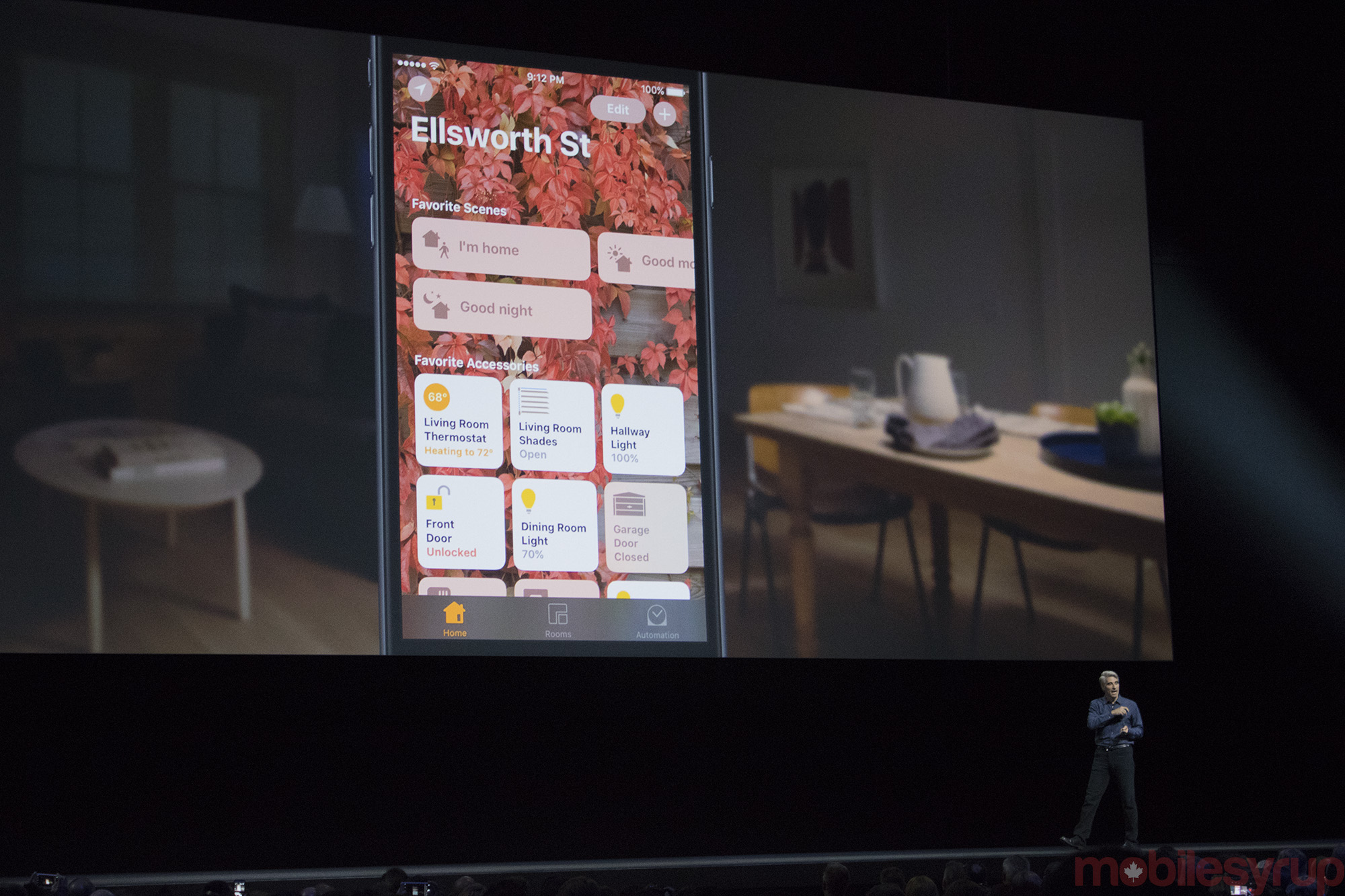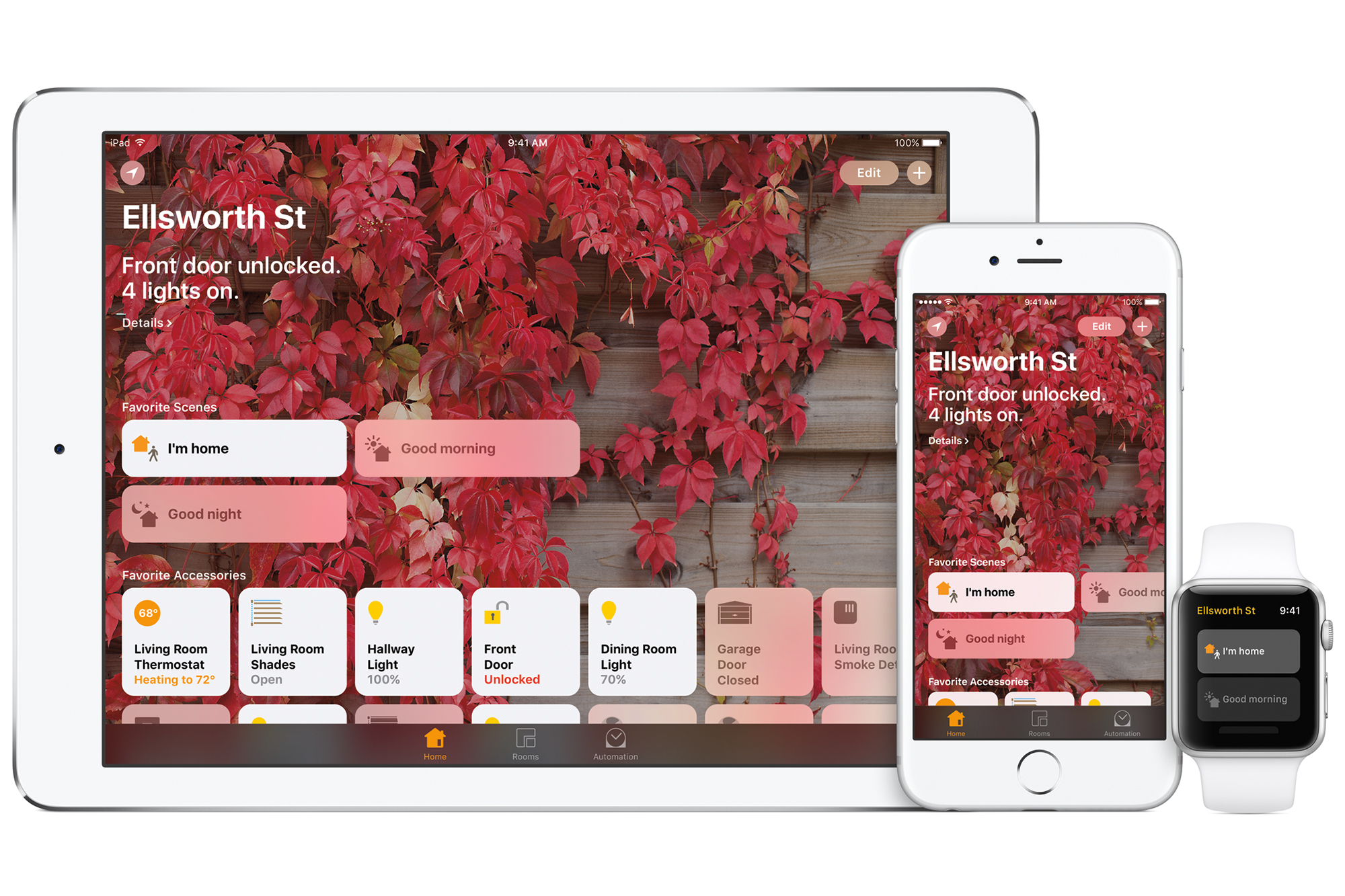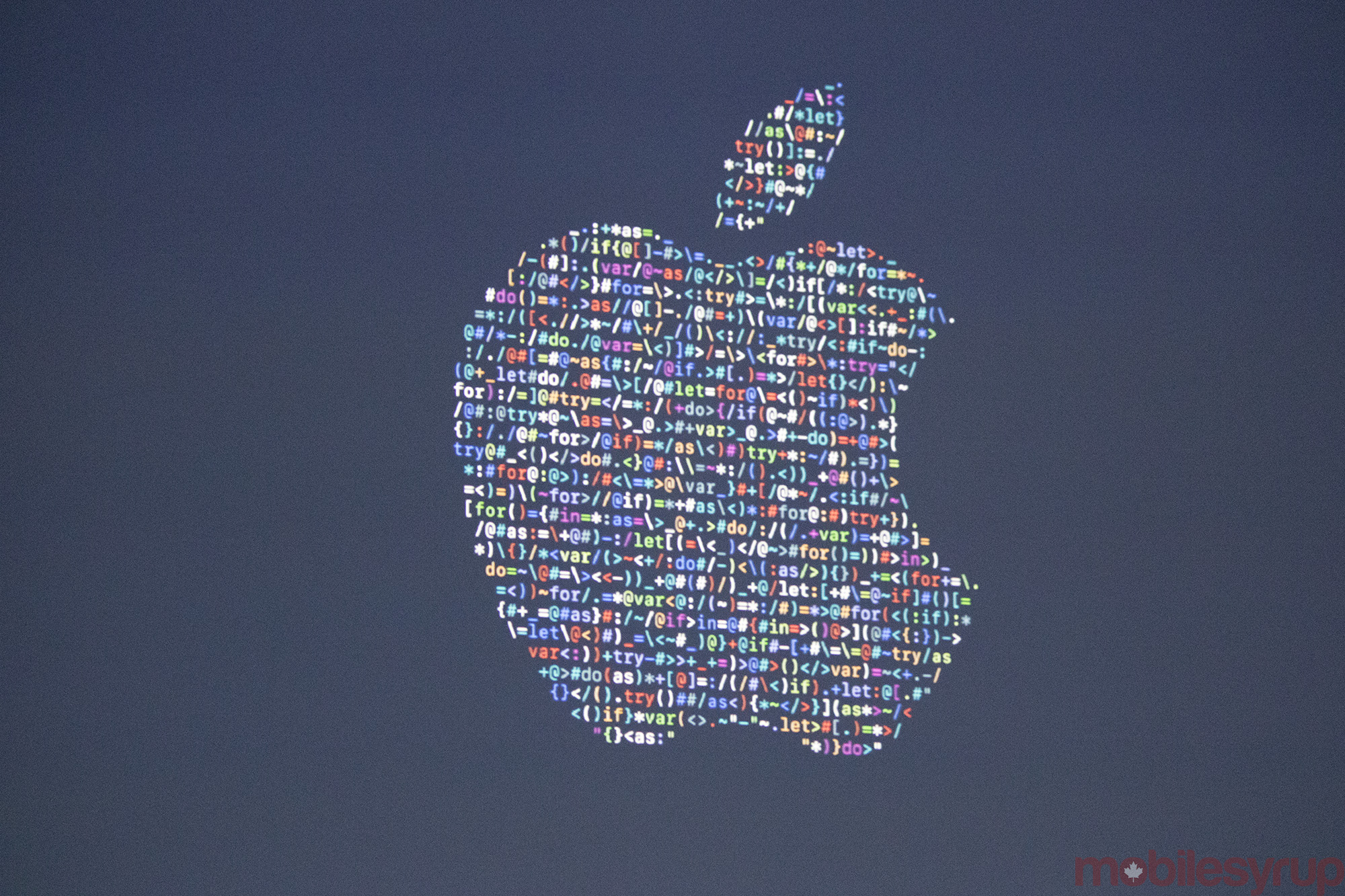
At Apple’s WWDC 2016 keynote presentation on Monday, the tech giant revealed a dedicated “Home” app designed to be the point of connection for variety of third-party HomeKit-enabled smart home products.
This means smart gadgets like Philips Hue and the Canadian-developed Ecobee, can all be controlled from one app, instead of a variety of manufacturer’s specific smart home applications from various developers. If this sounds a lot like Amazon’s Echo and Alexa or Google Home, a standalone voice-assistant revealed during the Mountain View, California-based company’s I/O presentation, then you’re on to something.
But why does Apple have ambitions to become the nerve centre of the smart home given IoT devices have yet to skyrocket in popularity?
Essentially, Apple wants to position its HomeKit app as the centre of the smart home market because it gives the tech giant a base to build out from, as well as a way to test the waters in order to decide if it eventually wants to launch its own standalone voice-activated assistant like its main competitors already have or plan to do in the near future.
Nothing has been confirmed yet, but early speculation indicates this device could take the form of the next iteration of the Apple TV, especially given the fact that the current 4th-generation Apple TV acts as the remote hub for HomeKit and Home compatible devices with the release of iOS 10 and watchOS 3.
The app also seems like it’s poised to streamline the HomeKit setup process, a much-needed fix considering how difficult it currently is to set up disparate devices through Apple’s smart home language.
If HomeKit’s dedicated Home app lives up to Apple’s software design pedigree, it will allow the company to remain competitive with Samsung’s SmartThings, Amazon’s Alexa and Google’s Brillo/Weave platforms, while still keeping users contained within its iOS ecosystem, a constant goal for the company.
Where Home currently falters is the fact that the App still needs to be launched on an iOS device and isn’t ever-present and always listening like Amazon’s Echo or the upcoming Google Home, though this could change in a few months if rumours prove true.
What the app does currently allow iOS users to do, however, is finally utilize HomeKit in a way that makes sense, and given that along with Messaging platforms, speculation indicates AI voice-assistants will soon be tech’s next battleground, Apple seems to be positioning itself for an extended battle with its new Home app.
Related reading: How the world’s best developers plan to utilize new features in iOS 10 and watchOS 3
MobileSyrup may earn a commission from purchases made via our links, which helps fund the journalism we provide free on our website. These links do not influence our editorial content. Support us here.




